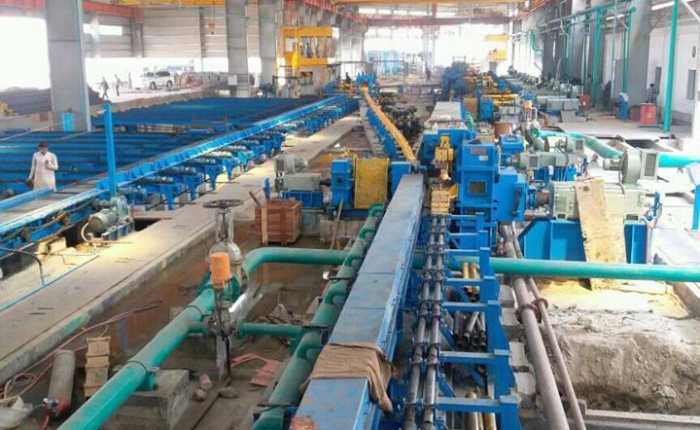Rebar Production Rolling Mill
- Rebar production rolling mill is capable of producing 8mm to 40mm TMT bars.
Rebar production rolling mill is mainly composed of roller, rolling mill house, bearing package, bearing, workbench, rolling guide, roll adjustment device and roll changing device.
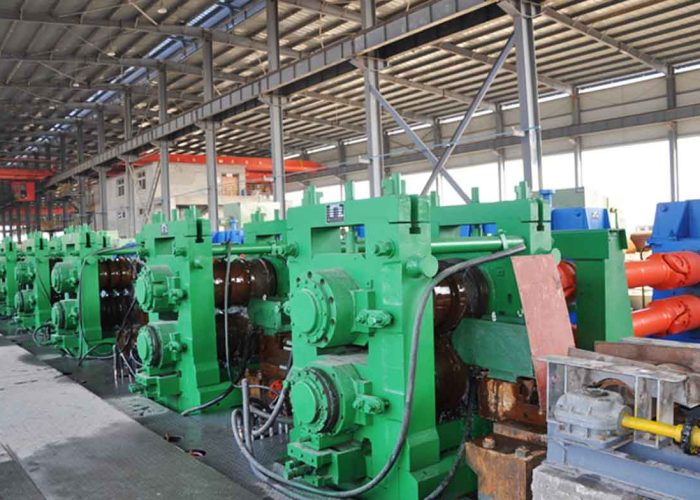
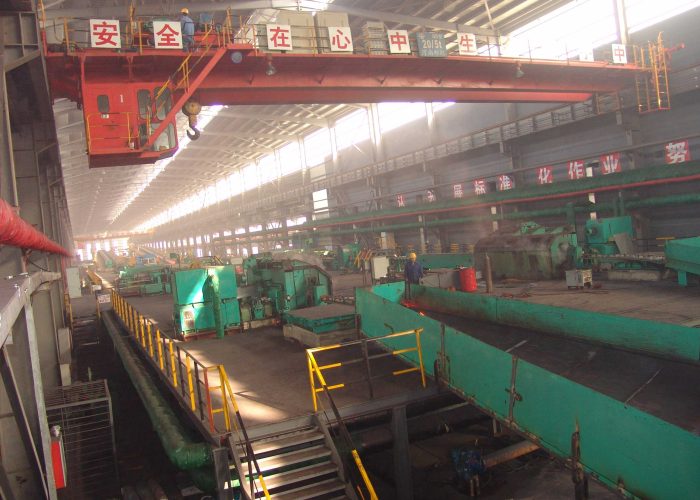
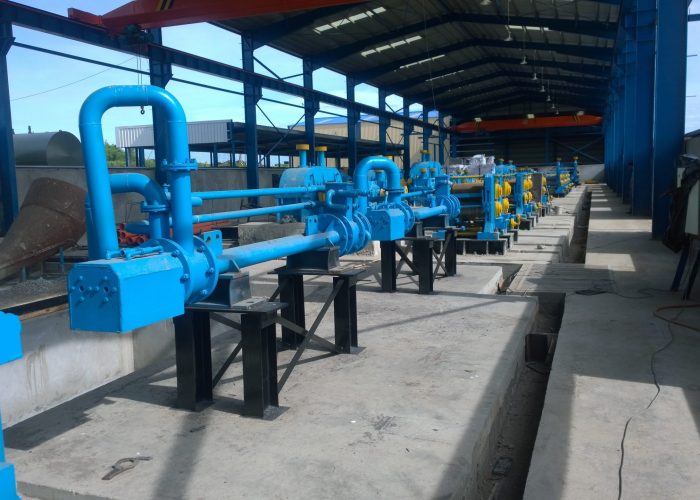
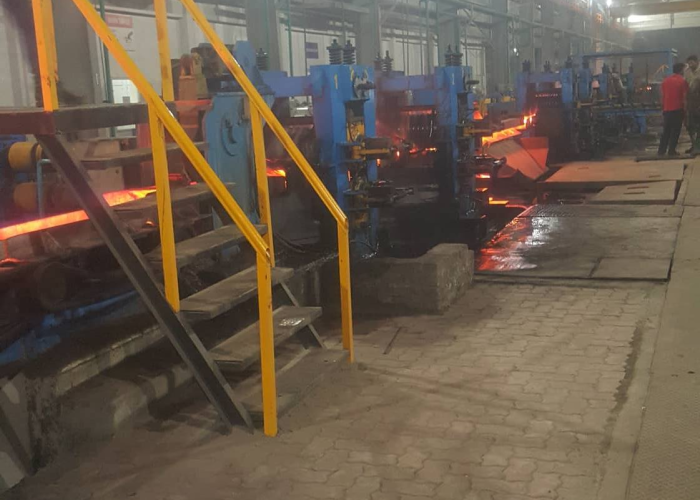
Details Description
Rebar is produced by rebar production rolling mills. The main types of the rolling mills are: continuous, semi-continuous, and transverse. At present, most of the newly-built and in-use rolling mills in the world are mostly continuous rolling mills.
Rebar production process:
(scrap steel melting furnace ,Continuous casting machine,billet heating furnace)step heating furnace→roughing mill→medium mill→finishing mill→water cooling device→cooling bed→cold shear→automatic counting device→bundling machine→cutting material rack.
Paramaters:
Annual Capacity: 300,000 tons
Raw material: scrap—–150*150 billets
Size of re-bar: 8~40 mm
Length of re-bar: 6~12mm
Steel-types of rolling: Low carbon alloy steel, structural steel, plain carbon steel
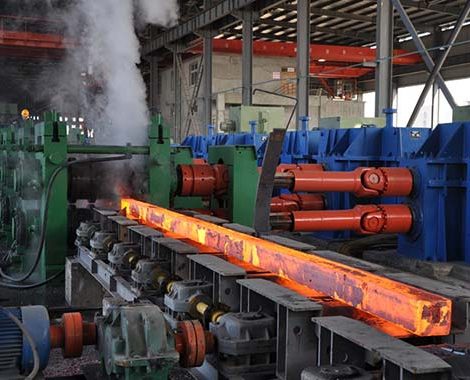
Bar Rolling Process and Equipment Selection
For hot-rolled bars, the process layout scheme is mainly divided into continuous rolling and the semi-continuous rolling. For continuous rolling, roughing mill is arranged first, then the first medium rolling mill and the second medium rolling mill, the last are the finishing mill and the reducing and sizing mill; For semi-continuous rolling, two-roll reversing mill + continuous rolling mill are arranged generally. The two-roll mill has a front and rear turning-over device for steel and a manipulator. The continuous rolling mill is generally flat/vertical, or vertical/flat arranged.
Rolling Mill Rolls
Rolling mill rolls are divided into steel rolls, cast iron rolls, hard alloy rolls, ceramic rolls, etc. According to press manufacturing methods include casting rolls, forging rolls, surfacing rolls, nested rolls, etc. Hot rolled rolls and cold rolled rolls are classified according to the state of rolled steel materials.
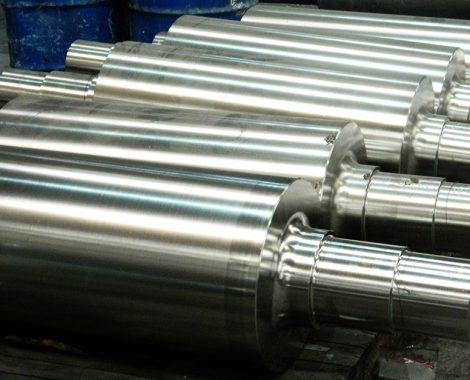
Contact Us
